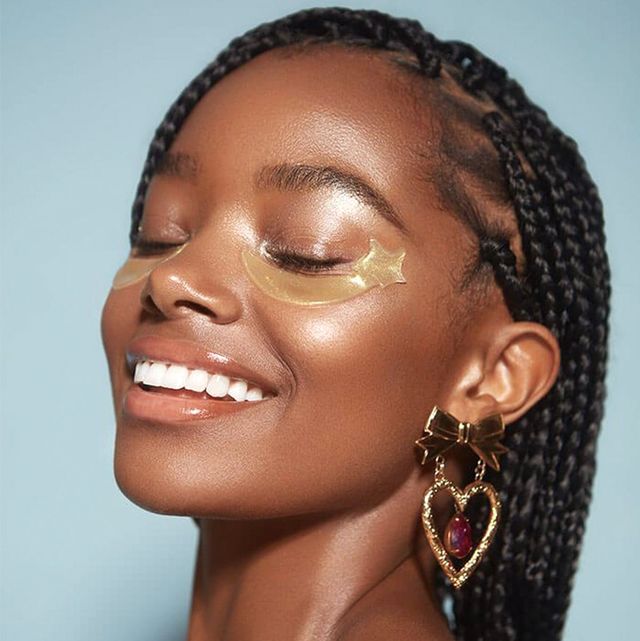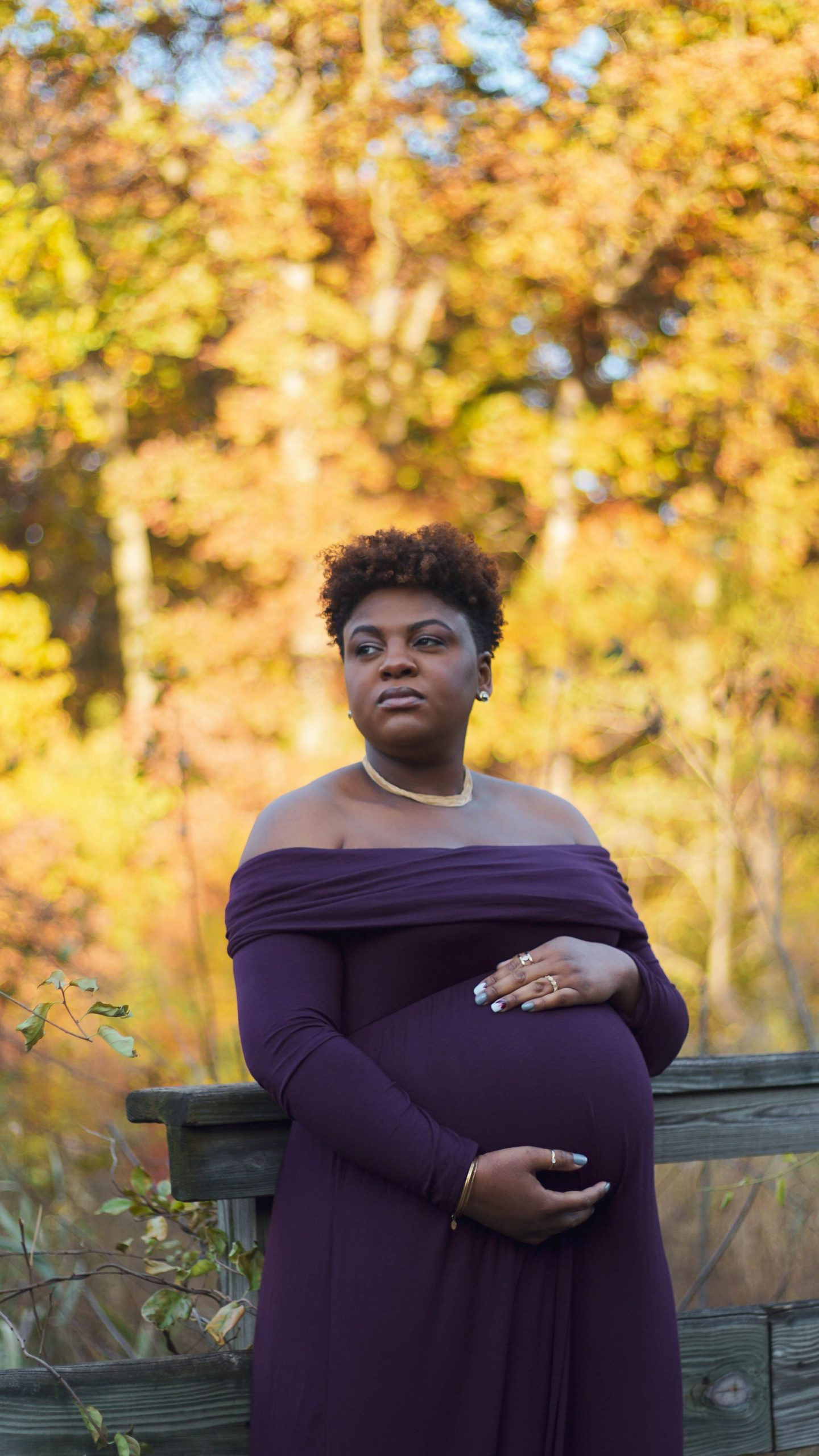Henna’s legacy of art and beauty
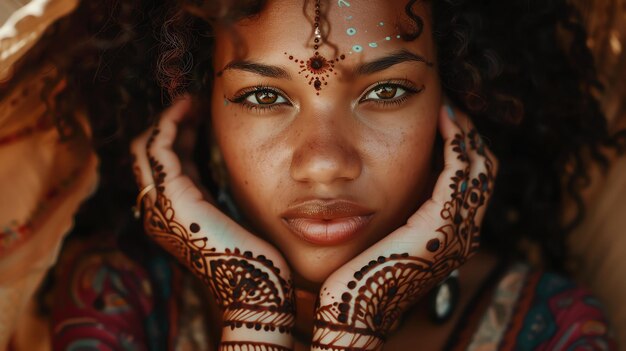
Henna, or Mehndi, is more than just a temporary body art trend; it’s a time-honored tradition with deep cultural roots and a range of applications. Derived from the leaves of the Lawsonia inermis plant, henna has been a staple in various cultures for centuries, celebrated for its vibrant hues and versatile uses.
A Rich Cultural Heritage
Henna’s legacy stretches across South Asia, the Middle East, and North Africa, where it holds significant cultural importance. Traditionally used during weddings, festivals, and other joyous occasions, henna designs are more than mere decoration—they embody cultural symbolism and artistic expression. Each intricate pattern tells a story, reflecting the unique heritage and values of the community.
Natural Beauty vs. Synthetic Alternatives
True henna, a greenish-brown powder, provides a natural and safe option for body art and hair coloring.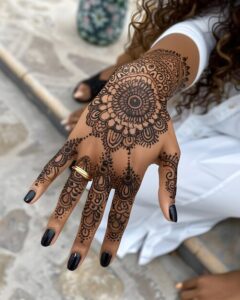 Made by drying and grinding henna plant leaves, it is mixed with water, lemon juice, or essential oils to create a paste that stains the skin with a rich, reddish-brown color.
Made by drying and grinding henna plant leaves, it is mixed with water, lemon juice, or essential oils to create a paste that stains the skin with a rich, reddish-brown color.
In contrast, synthetic or “black henna” often contains harmful chemicals such as para-phenylenediamine (PPD), which can pose serious health risks, including skin allergies and irritation. Opting for natural henna ensures safety and authenticity.
Temporary Tattoos with Lasting Impressions
One of the most popular uses of henna is for temporary tattoos. These designs can last from one to three weeks, depending on skin type and care. The beauty of henna lies in its impermanence, allowing for a beautiful adornment that fades gracefully as the skin exfoliates naturally.
Henna as a Hair Colorant
Beyond body art, henna is also cherished as a natural hair dye. It imparts a reddish hue while conditioning and strengthening the hair. Unlike chemical dyes, henna is free from harsh additives, making it a gentle and eco-friendly alternative for those looking to enhance their hair’s health and appearance.
Traditional Medicinal Uses
Henna’s benefits extend beyond aesthetics. In traditional medicine, it has been used for its cooling properties to alleviate headaches, fevers, and skin conditions. Its natural antimicrobial properties also aid in wound healing, demonstrating its versatility as both a cosmetic and therapeutic agent.
Application and Care
When creating henna;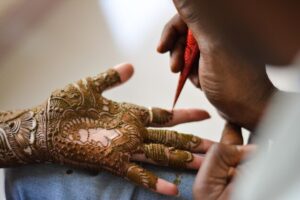
- Mix the powder with an acidic liquid and let the mixture sit to develop its dye.
- Apply the paste to the skin using cones or brushes, with designs often left to set for several hours or overnight. To achieve the best results, it’s crucial to keep the henna moist and warm during the drying process.
- To maintain the design’s longevity, avoid washing the area with soap or water for the first 24 hours and consider applying natural oils like coconut oil to protect the stain.
Allergies and Safety
While natural henna is generally safe, it’s important to perform a patch test to rule out any allergic reactions. This precaution ensures that henna can be enjoyed without adverse effects.
Henna stands as a testament to cultural artistry and natural beauty. Whether gracing the skin with its vibrant patterns or enriching the hair with its natural dye, henna continues to be a cherished tradition, bridging the gap between heritage and contemporary aesthetics.






